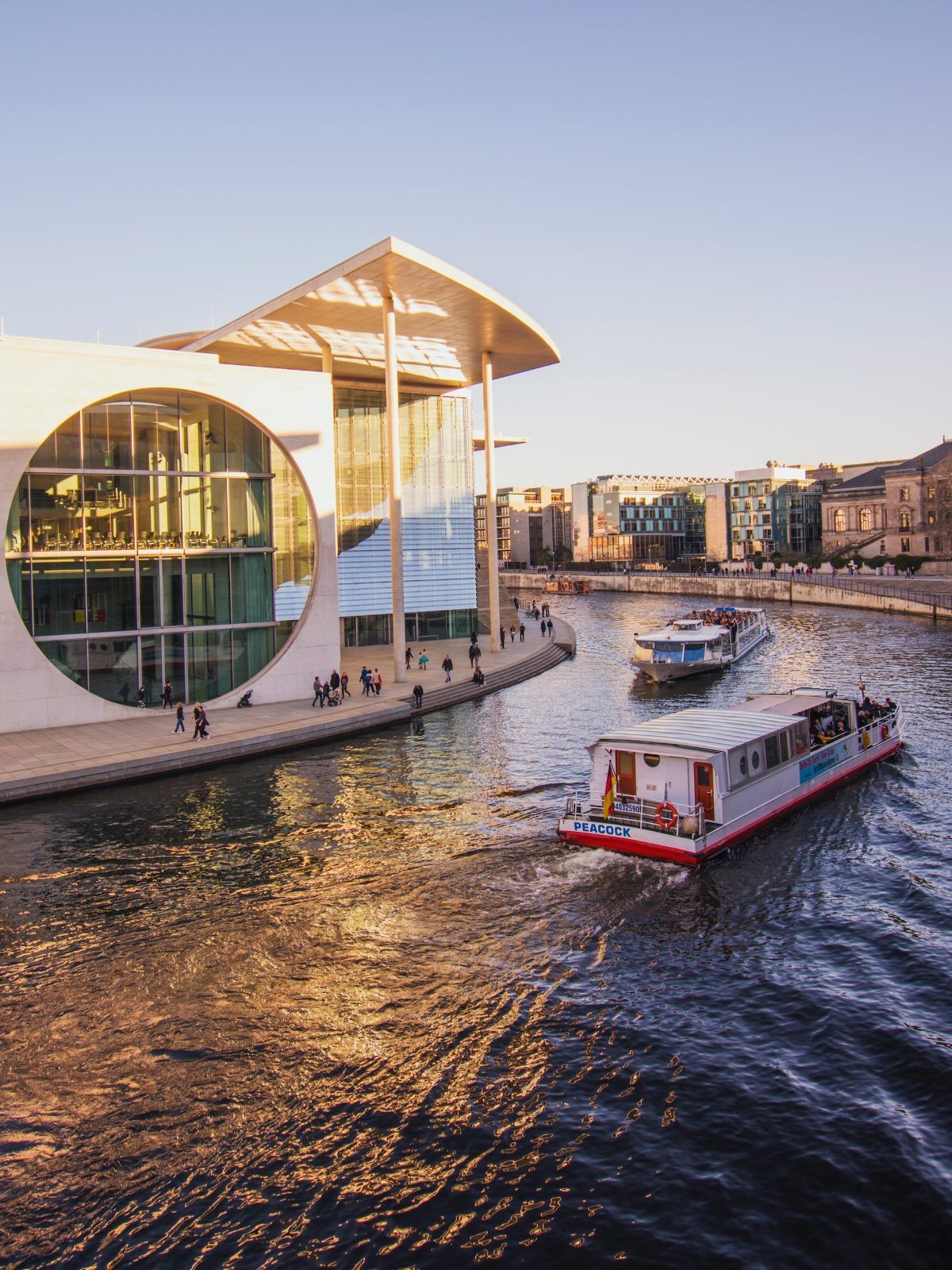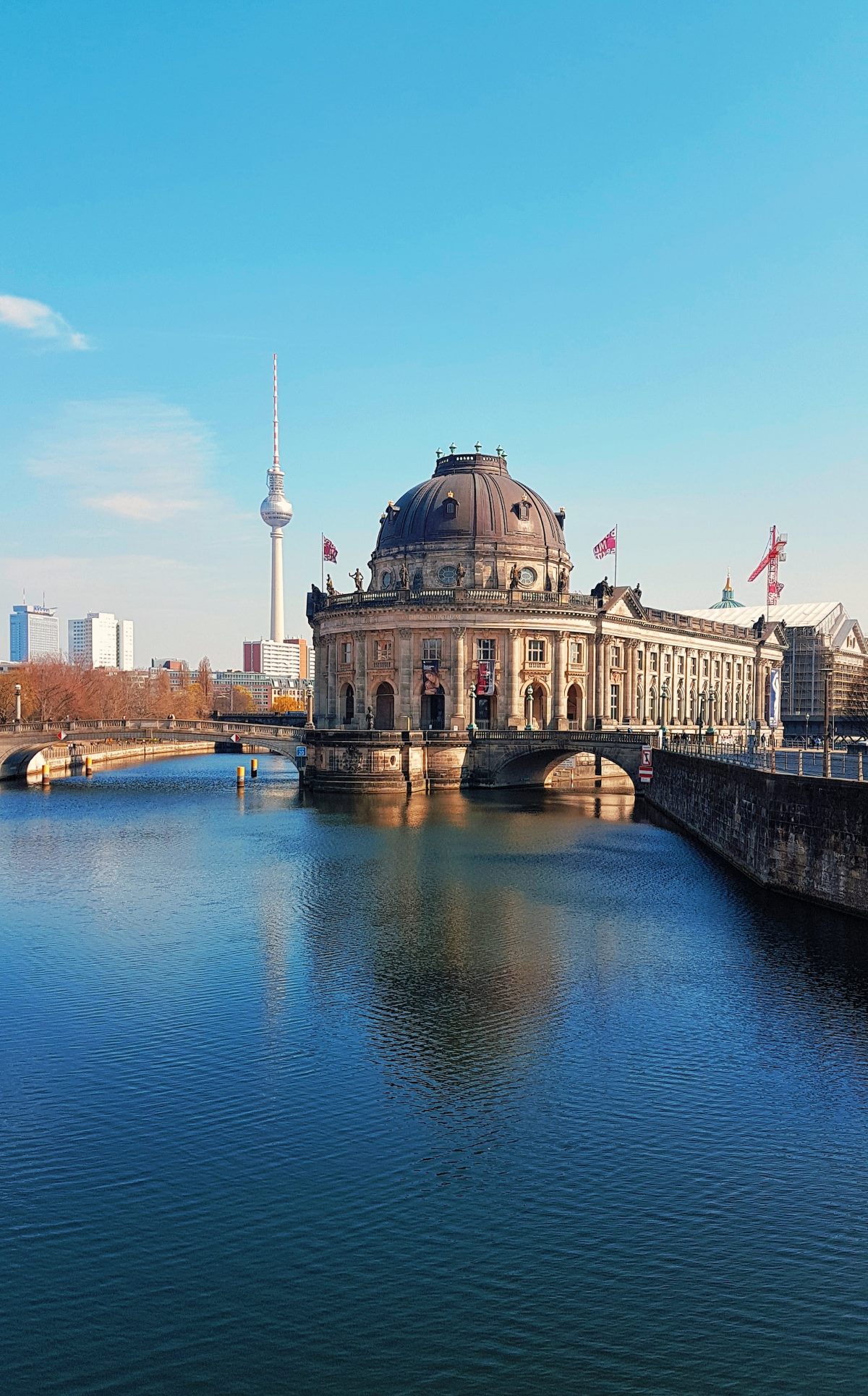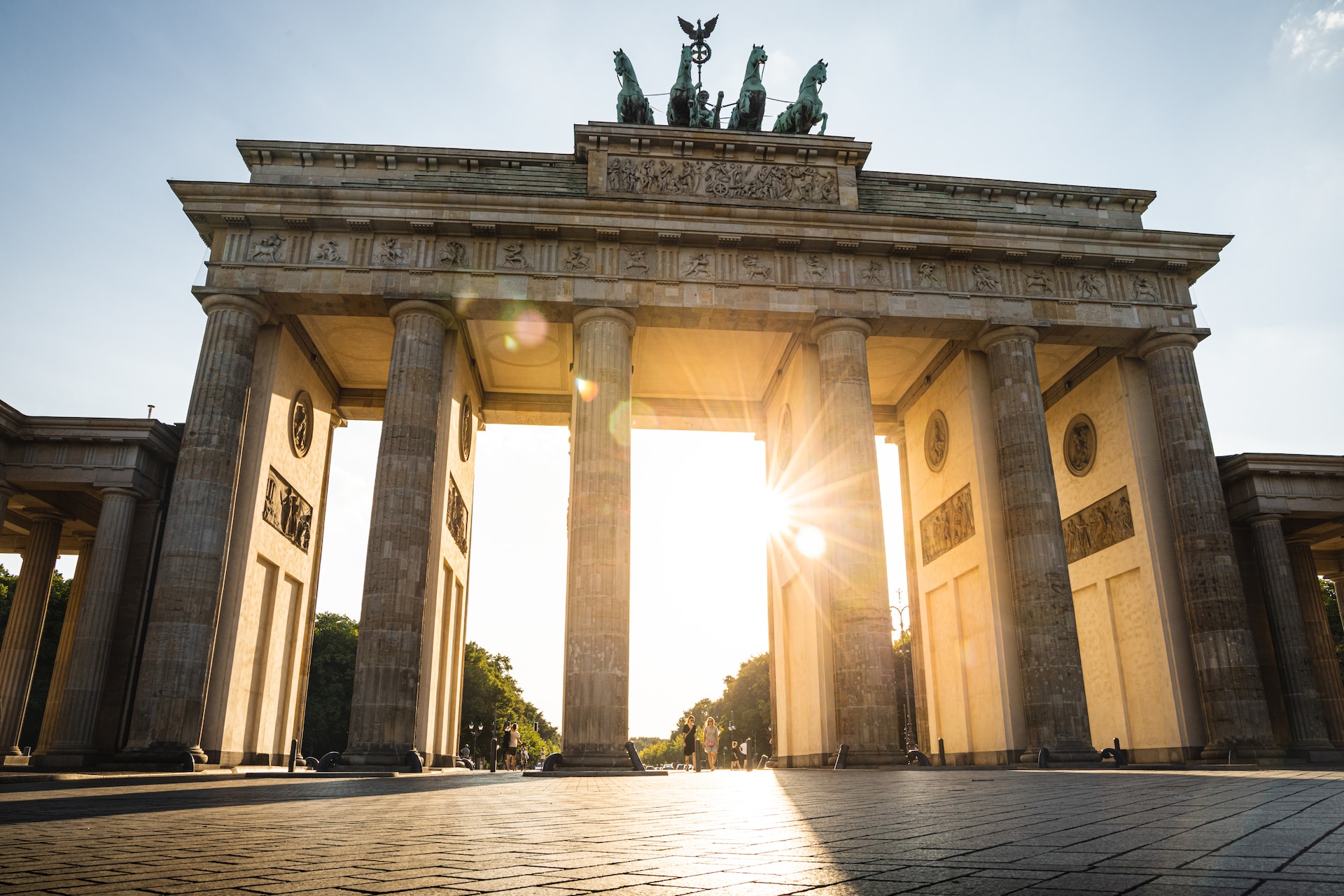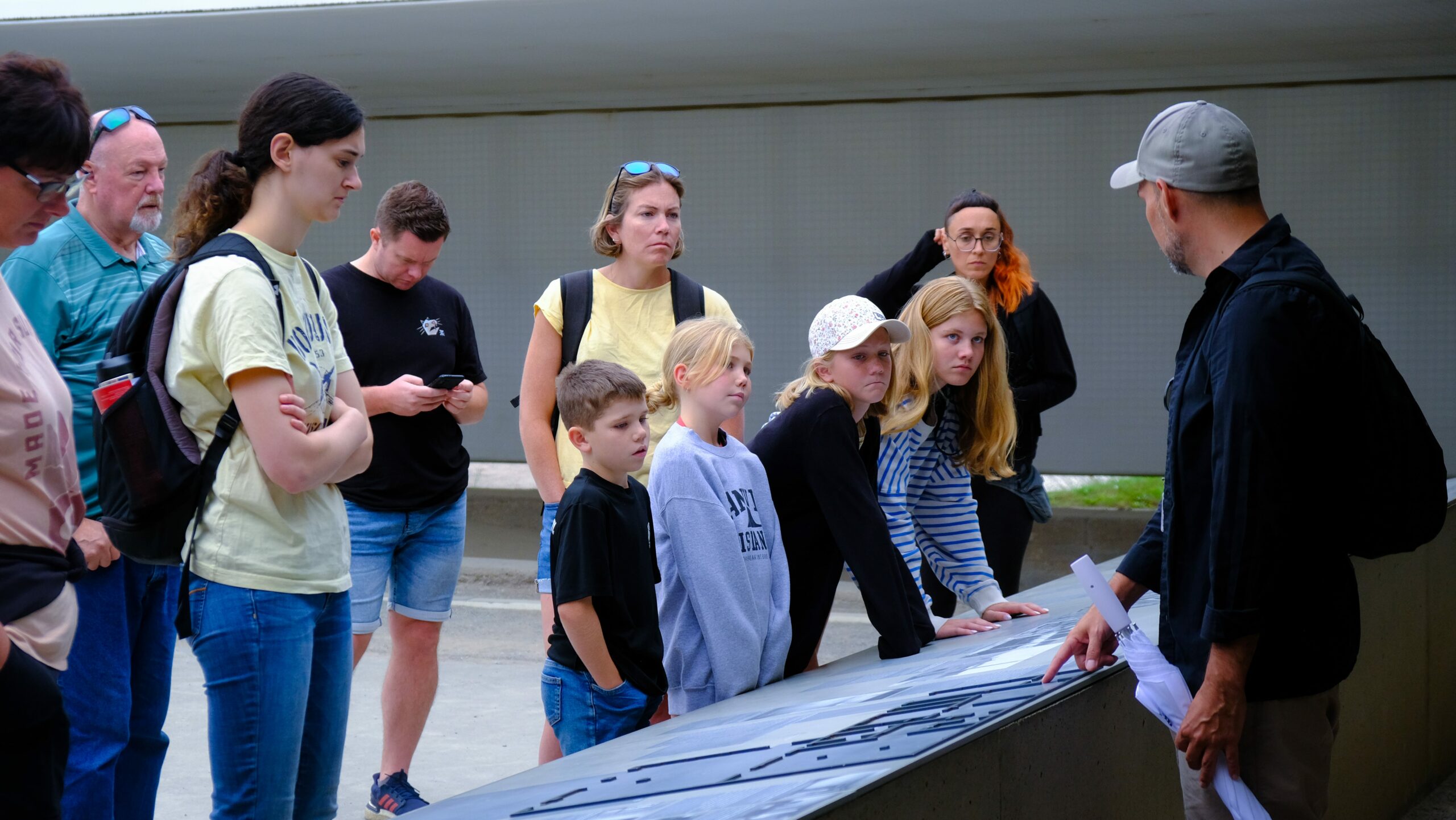If you are into history or perhaps are about to visit Berlin, you may be curious as to where you can find the relics of the Berlin wall. Amid the Cold War, the Berlin Wall used to divide East and West Berlin. Today, while the majority of the wall has been destroyed, some still stand as strong reminders of the city’s past. This is the article where we look at this remnants, where you can see them and they mean.
The Berlin Wall Memorial
An important historical context can be found in the Berlin Wall Memorial, situated on the borough of Mitte. The ‘Death Strip’ part of the wall is part of this memorial and has been preserved. The documentation center, memorial park and exhibition on the wall and its repercussions are located in this area.
The Berlin Wall Memorial allows visitors to walk along a part of the original wall and walk amongst the remains of border fortifications. An observation tower sits on the site to provide a birds eye view of the area and to show that a place was once divided.
East Side Gallery
The East Side Gallery is another iconic place to visit. The wall is located in Friedrichshain-Kreuzberg and roughly covers 1.3 kilometers, with some 100 murals painted on what remains of the wall. Shortly after the fall of the wall in 1989, artists all around the world were invited to contribute to the gallery.
A wide variety of artwork can be found on the East Side Gallery, all of which has a strong link to political and social commentary. Among the most famous murals include the “Fraternal Kiss,” or “The Trabant Breaks Though the Wall”.
Checkpoint Charlie
During the Cold War, the most famous border crossing was being checkpoint Charlie in Friedrichshain-Kreuzberg. Today, it is a popular tourist attraction with its replica of the original guardhouse and museum very nearby.
At Checkpoint Charlie museum, there is a detailed insight of history of the wall and how the people attempted to cross it. But also a fascinating place for history enthusiasts as you will be able to see original artifacts, photographs and stories of successful and unsuccessful escape attempts.
Other Areas of Interest
Some well known locations that are associated with the wall are the Berlin Wall Memorial, Checkpoint Charlie and the East Side Gallery, but the remnants of the wall are spread throughout the city.
- The Topography of Terror museum exhibits a part of the wall and makes a short history of the Nazi rule and the second World War.
- The Mauerpark, a popular park in Prenzlauer Berg, features a small section of the wall and hosts a vibrant flea market on Sundays.
- In the old border strip of the Berlin Wall, there is a documentation center about the wall and what happened with it.
- If you’re interested in these further Berlin areas, you’ll learn more about the wall as a symbol of Berlin.
Conclusion
Finally, while the Berlin Wall is mostly gone, its traces still have high historical and cultural importance. And you could see the effect produced by this wall: the Berlin Wall Memorial, the East Side Gallery or Checkpoint Charlie, for example. Besides visiting other parts of Berlin, like Topography of Terror museum, Mauerpark, and Berlin Wall Documentation Center, you’ll be able to look into another important chapters in history. Each piece of the wall is a different story; remember that, each of the pieces of the wall symbolically represents the city’s strength and resilience.
Table of Contents




